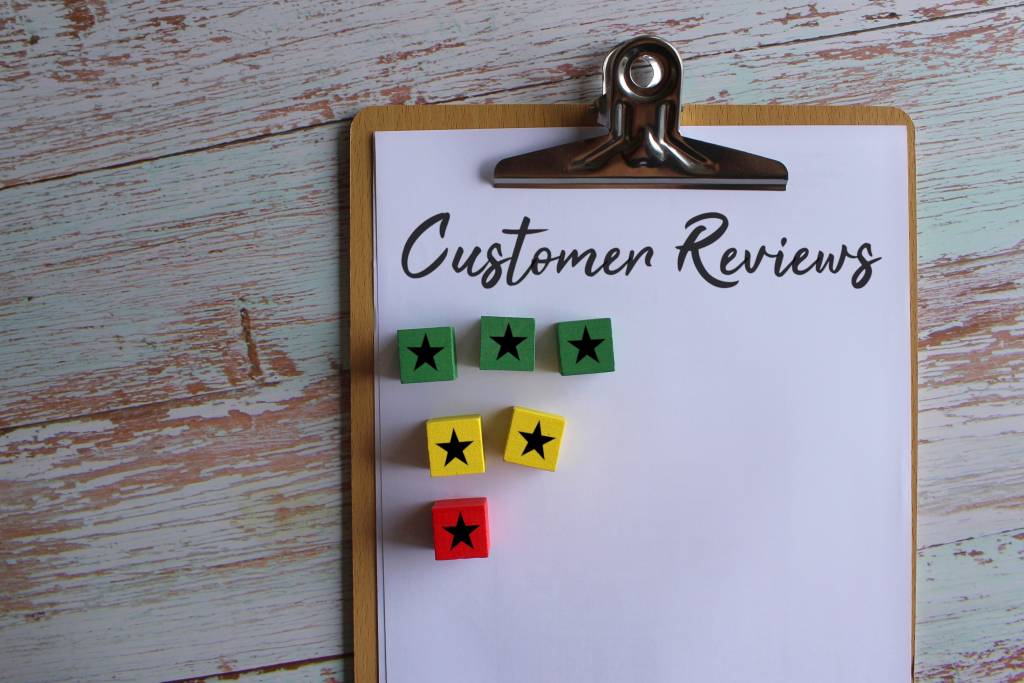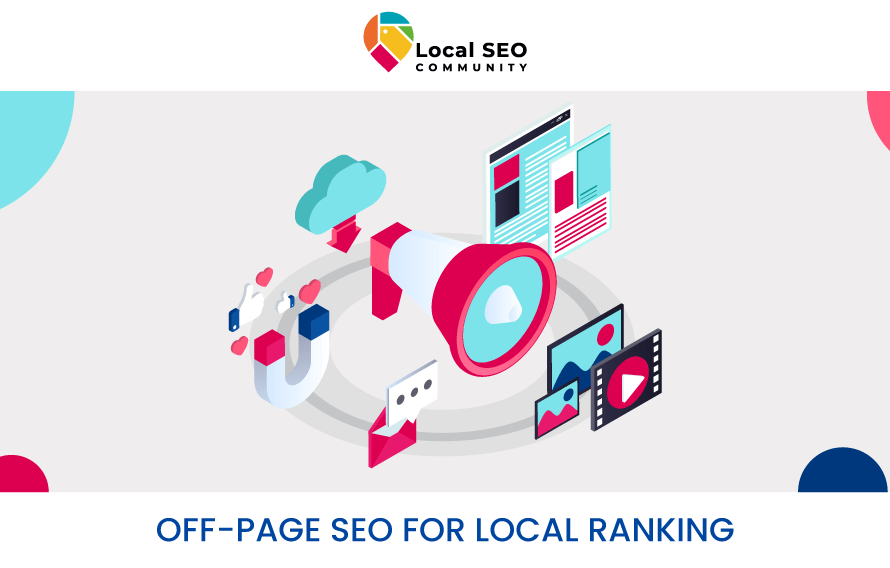Setting Up Your Local SEO Foundation
Local SEO is crucial for any business looking to attract customers from specific geographical areas. It helps businesses appear in local search results and drive more traffic from local searches. In this lesson, we’ll cover the fundamental steps to setting up your local SEO foundation. This includes creating a Google Business Profile (GBP), maintaining NAP consistency (Name, Address, Phone Number), and setting up local business listings on other platforms. Additionally, we’ll explore other essential subtopics to help you build a robust local SEO strategy.
Setting Up Your Local SEO Foundation
Local SEO (Search Engine Optimization) is the process of optimizing your online presence to attract more business from relevant local searches. This involves a variety of strategies and practices that help your business show up in search results when users look for services or products in their vicinity.
Local SEO is essential for businesses of all sizes, particularly those with physical locations or those that serve specific local areas. It helps you connect with local customers who are actively searching for your products or services, ultimately driving more foot traffic, phone calls, and leads.
Benefits of Implementing a Local SEO Foundation
Increased Online Visibility: By optimizing your online presence for local searches, you make it easier for potential customers to find you. This increased visibility can lead to higher website traffic and more inquiries. Your business will appear in Google Maps, local search results, and in Google’s Local Pack, which highlights the top local businesses relevant to a user’s query.
Higher Local Search Rankings: A well-executed local SEO strategy can help your business rank higher in local search results, including the coveted “Local Pack” on Google, which showcases the top three local businesses relevant to a search query. This prominence can significantly increase the chances of attracting local customers.
Attracting More Local Customers: Local SEO helps attract customers who are nearby and ready to make a purchase. These users are often looking for specific services or products in their area and are more likely to convert into paying customers. By appearing in local searches, you increase the likelihood of capturing this valuable audience.
Enhancing Customer Trust and Credibility: A strong local SEO presence, supported by positive reviews and accurate business information, can enhance your business’s credibility and trustworthiness in the eyes of potential customers. Positive customer reviews, consistent NAP information, and a well-maintained online presence contribute to a trustworthy image.
How to Set Up Your Local SEO Foundation
Creating a Google Business Profile (GBP)
- Sign In to Google My Business: Go to the Google My Business website and sign in with your Google account.
- Enter Your Business Information: Provide your business name, address, phone number, and website URL. Ensure this information is accurate and consistent with other listings.
- Verify Your Business: Google will send you a verification code via mail, phone, or email. Enter the code to verify your business. Verification establishes the authenticity of your business.
- Optimize Your Profile: Add photos, business hours, and a detailed description of your services. Make sure to select relevant categories and add attributes that highlight unique aspects of your business.
Optimizing Your GBP
- Add High-Quality Photos: Showcase your business with professional images. Photos of your storefront, interior, products, and services can attract potential customers.
- Encourage Customer Reviews: Positive reviews can boost your local ranking. Encourage satisfied customers to leave reviews and respond to them promptly.
- Keep Information Up to Date: Regularly update your business hours and details. Ensure holiday hours and any temporary changes are reflected in your profile.

Importance of NAP Consistency (Name, Address, Phone Number)
What is NAP Consistency?
NAP consistency refers to the uniformity of your business’s Name, Address, and Phone Number across all online platforms and directories. Inconsistent NAP details can confuse search engines and potential customers, leading to a lower ranking in local search results.
Why NAP Consistency Matters
Inconsistent NAP details can confuse search engines and potential customers, leading to a lower ranking in local search results. Consistency ensures that search engines understand your business’s location and contact information, which is critical for local SEO. Accurate NAP information also helps build trust with potential customers.
Tips for Maintaining NAP Consistency
- Check Your Business Information: Audit your business information on all platforms, including your website, social media, and online directories. Ensure that your business name, address, and phone number are listed accurately and consistently.
- Update Incorrect Listings: Correct any discrepancies you find. Use the same format for your business name, address, and phone number everywhere. Consistency in formatting (e.g., abbreviations, spelling) is crucial.
- Monitor Regularly: Regularly check your listings to maintain NAP consistency as your business grows and changes. Use tools like Moz Local or BrightLocal to automate and simplify this process.
Setting Up Local Business Listings on Other Platforms
Key Platforms to Consider
- Yelp: Create a Yelp business account, add your NAP details, and business hours, and upload photos. Encourage satisfied customers to leave reviews. Yelp is a popular platform for local business reviews and can drive significant traffic to your site.
- Bing Places for Business: Similar to GBP, Bing Places allows you to manage your business listing on Bing. Follow the setup process and ensure your information is accurate. Bing is the second most used search engine, and optimizing for it can capture additional local traffic.
- Local Directories: List your business on local directories such as Yellow Pages, Foursquare, and industry-specific directories. This helps increase your online visibility and local search ranking. Each directory can provide a valuable backlink and drive local traffic.
How to Create and Optimize Listings
- Consistent NAP Information: Ensure your NAP details are consistent across all platforms. Inconsistent information can confuse search engines and customers.
- Detailed Descriptions: Provide comprehensive and accurate business descriptions. Highlight your unique selling points and services.
- High-Quality Images: Use professional photos to represent your business. Visual content can attract and engage potential customers.
- Encourage Reviews: Positive reviews on various platforms can boost your credibility and ranking. Respond to reviews to show that you value customer feedback.
Importance of Consistency Across Platforms
Maintaining consistency across all platforms not only helps with NAP accuracy but also ensures that customers receive the same message about your business, no matter where they find you. Consistent information helps build trust and reliability, which are critical for customer conversion and retention.
Enhancing and Monitoring Your Local SEO Efforts
Gathering and Managing Customer Reviews
Customer reviews play a significant role in local SEO. They not only influence potential customers but also impact your local search rankings.
- Encourage Reviews: Ask satisfied customers to leave reviews on your GBP, Yelp, and other review platforms. Make it easy for them by providing links or QR codes.
- Respond to Reviews: Engage with customers by responding to their reviews, whether positive or negative. This shows that you value their feedback and are committed to improving your business.
- Monitor Review Sites: Regularly check review sites for new reviews and respond promptly. Use review management tools to streamline this process.

Utilizing Local Keywords and Content
Incorporating local keywords and creating locally focused content can boost your local SEO efforts.
- Research Local Keywords: Use tools like Google Keyword Planner and Moz to find keywords relevant to your local area and industry. Long-tail keywords with local intent can be particularly effective.
- Create Local Content: Write blog posts, create videos, and publish news articles that focus on local events, news, and issues. This helps attract local traffic and establish your business as a local authority.
- Optimize Your Website: Include local keywords in your website’s meta tags, headings, and content. Ensure your website is mobile-friendly and loads quickly. Optimize your site for voice search, which is increasingly used for local searches.
Building Local Backlinks
Backlinks from local websites and organizations can significantly boost your local SEO.
- Reach Out to Local Influencers: Connect with local bloggers, influencers, and news sites to get mentions and backlinks. Collaborate on content or events to build these relationships.
- Sponsor Local Events: Participate in or sponsor local events, charities, or community organizations. This often results in backlinks from event websites and increased local visibility.
- Join Local Business Associations: Membership in local business associations or chambers of commerce can provide networking opportunities and backlinks from their websites.
Monitoring and Analyzing Your Local SEO Performance
Regularly monitoring and analyzing your local SEO efforts is crucial for continuous improvement.
- Use Google Analytics: Track your website traffic, user behavior, and conversion rates. Pay attention to local traffic metrics to gauge the effectiveness of your local SEO efforts.
- Google Search Console: Monitor your search performance, check for crawl errors, and identify opportunities for improvement. Use the data to refine your SEO strategy.
- Local SEO Tools: Utilize tools like Moz Local, BrightLocal, and SEMrush to track your local rankings, manage listings, and analyze competitors. These tools provide valuable insights and help you stay ahead of the competition.
Conclusion
Setting up a solid local SEO foundation involves several key steps: creating and optimizing your Google Business Profile, maintaining NAP consistency, setting up listings on various platforms, managing customer reviews, utilizing local keywords and content, building local backlinks, and continuously monitoring your performance. By following these steps, you can enhance your local online presence, attract more customers, and ultimately grow your business. Local SEO is an ongoing process that requires regular attention and updates, but the rewards in terms of increased visibility and customer engagement are well worth the effort.




